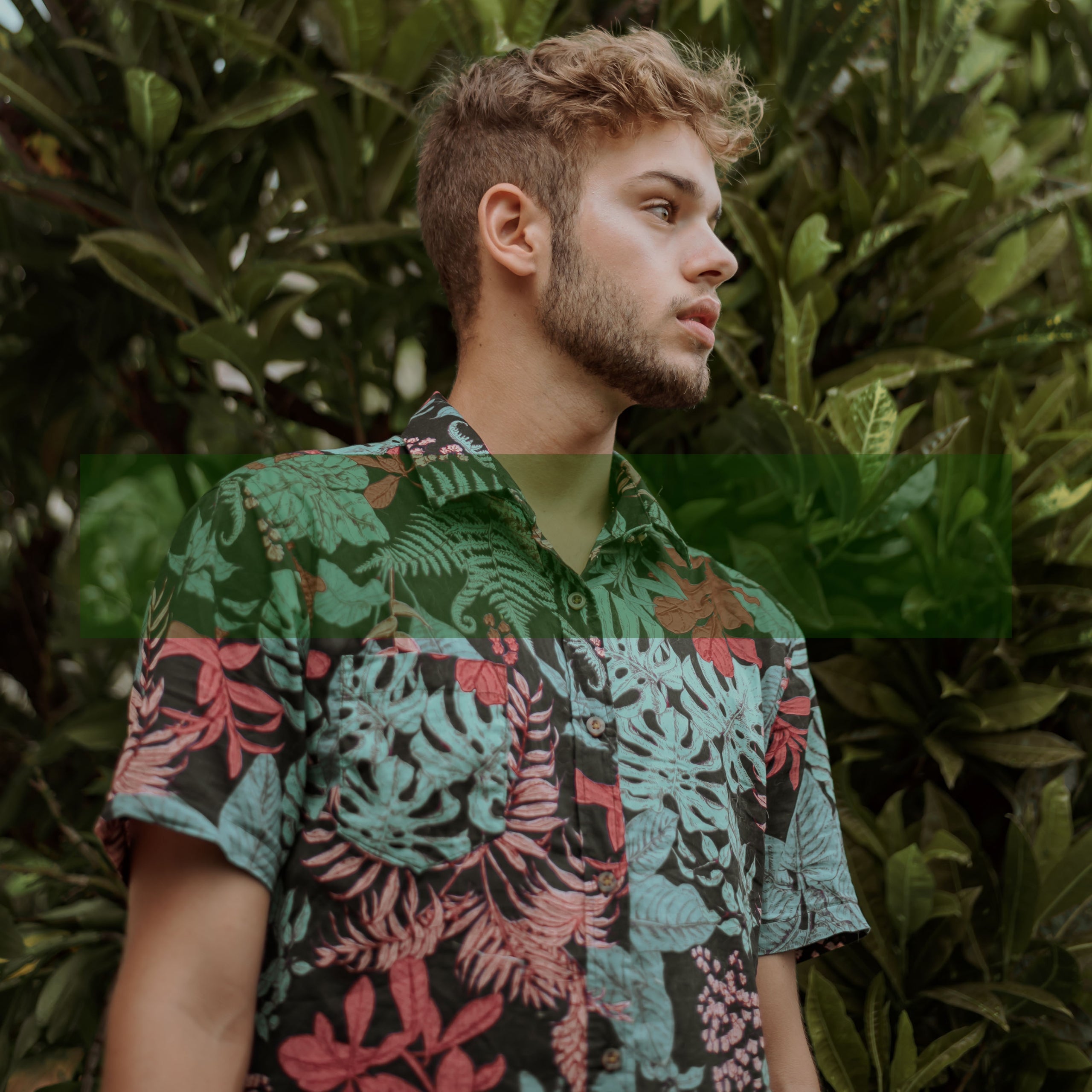The Vibrant History of Molas in Panama: A Colorful Journey Through Time
Discover the fascinating history of molas, a unique textile art form originating in Panama, that has captured the hearts and minds of artists, collectors, and fashion enthusiasts worldwide. In this comprehensive guide, we will delve into the origins, techniques, and cultural significance of these stunning creations. Join us as we journey through the colorful history of molas in Panama.
Molas: An Introduction to Panama's Textile Treasure
Molas are intricate, handmade, and vibrantly colored fabric panels made by the Kuna people of Panama. These indigenous artisans use a reverse appliqué technique to create eye-catching designs that feature bold geometric patterns, vivid colors, and striking natural motifs. Molas have become an iconic symbol of Panamanian culture and a sought-after piece of art around the globe.
Origins: The Kuna People and the Birth of Molas
The Kuna people, who primarily reside in the San Blas archipelago off the coast of Panama, are the creators of molas. The Kuna's history dates back to pre-Columbian times, and their traditional attire has long included brightly colored fabrics. However, it wasn't until the arrival of European missionaries in the 16th century that molas as we know them began to emerge. Influenced by the missionaries' intricate needlework, the Kuna women began incorporating these techniques into their clothing, giving birth to the art form of molas.
Techniques: The Art of Reverse Appliqué and Layering
Molas are created using a time-consuming reverse appliqué technique, which involves layering multiple pieces of fabric on top of one another, cutting away parts to reveal the colors underneath, and then sewing the edges together. This labor-intensive process results in vibrant, multi-layered designs that can take weeks, or even months, to complete.
Themes and Symbolism: Nature, Culture, and Storytelling
The designs featured in molas are inspired by the natural world and Kuna mythology. Mola artists often depict animals, plants, and geometric patterns, each with a unique meaning and cultural significance. In addition, some molas tell stories or represent important events in Kuna history. This rich symbolism has helped to preserve the Kuna's cultural heritage and maintain a connection with their ancestors.
Molas and Panamanian Culture: A Lasting Legacy
Molas have come to represent more than just a beautiful art form in Panama. They are a symbol of the Kuna people's resilience and their desire to preserve their cultural identity. Despite facing many challenges, such as forced assimilation and loss of territory, the Kuna have managed to maintain their traditions, language, and way of life.
Molas in the Global Art Scene
In recent years, molas have gained international recognition as a unique and captivating art form. Art collectors, museums, and fashion designers have taken notice of the intricate beauty of these textiles, incorporating them into exhibits, clothing, and accessories. This global attention has not only helped to promote Panamanian culture but has also created new economic opportunities for the Kuna people.
To wrap it up
The history of molas in Panama is a colorful and fascinating journey through time, highlighting the rich cultural heritage of the Kuna people. As this beautiful art form continues to gain recognition and appreciation worldwide, we can only hope that it will continue to thrive and inspire future generations. So, the next time you see a vibrant mola, take a moment to appreciate the skill, creativity, and cultural significance that lies within each intricate stitch.







Leave a comment